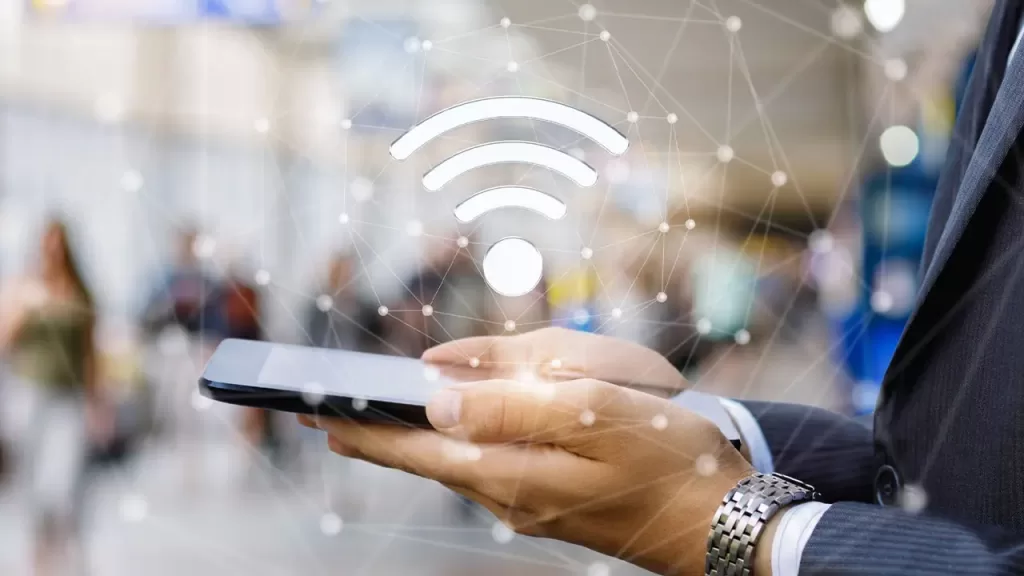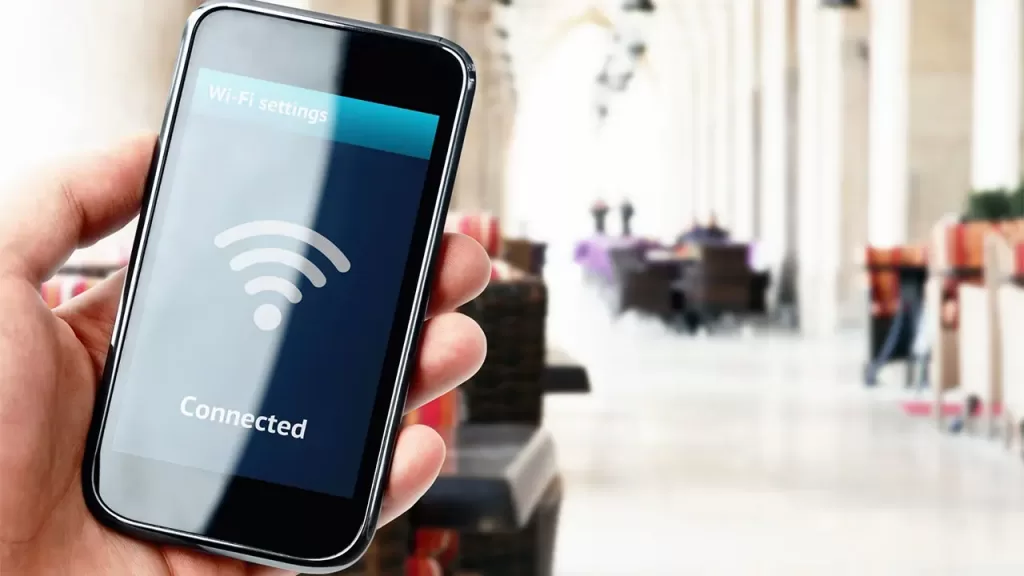How to protect against WiFi sniffing when connecting to third-party networks
Table of Contents

Communication encryption solutions such as VPN tunnels are essential to protect against WiFi sniffing when connecting to public networks
Cafes, airports, shopping malls… There are many places that offer citizens free WiFi hotspots, providing a service that helps to overcome remote working days or to ease downtime and long waits.
Unfortunately, free access to this type of network also favors the activity of malicious actors, who take advantage of the structural weaknesses inherent in public hotspots to carry out their attacks.
One of these is WiFi sniffing, a threat unknown to many users that can become a real nightmare if not prevented. Its passive and undetectable nature means that it goes unnoticed by the general public and is a very popular tool for stealing sensitive data from third parties.
Below, we take a closer look at how this practice works and why to protect against WiFi sniffing is critical when surfing public networks.
1. What is WiFi sniffing?
The popular and well-known WiFi, a contraction of the Anglo-Saxon term Wireless Fidelity, is a wireless communications protocol that uses the air as a medium for propagation. This makes it possible for anyone with the right knowledge and technology to intercept them.
One way to intercept these communications is by capturing the network packets that circulate through the air, then storing them and accessing the stolen information. This is known as WiFi sniffing.
Given this “invisible threat”, it is logical to want to protect against WiFi sniffing at all costs to strengthen the security of our wireless connection. Especially when we connect to an open WiFi network, i.e. one that is not password protected. In this type of network, any actor can see the data traffic sent by connected clients.
With WiFi sniffing, you can capture data that travels through a WiFi network, although accessing its contents is not, a priori, so simple
Fortunately, in view of the possible consequences that this procedure could trigger, a number of wireless encryption standards have been implemented over the years, such as WEP, TKIP, CCMP or GCMP.
In this way, even if the malicious actor can capture the data, decrypting it will take a lot of work, allowing a more secure connection to be established on a public WiFi network. However, wireless encryption is not infallible: there are several mechanisms for decrypting transmitted data, so every precaution must be taken to protect against WiFi sniffing.
Another thing to remember is that this WiFi data capture by a sniffer cannot be performed with a standard configuration of the WiFi card. You need a card that supports monitor or promiscuous mode, which allows capturing network frames not intended for the equipment from which WiFi sniffing is performed.
2. Is there any legitimate use for WiFi sniffing?
Now that we know the interests of this presumably problematic procedure, it is logical to think that to protect against WiFi sniffing is necessary.
Fortunately, this practice is also related to a wide variety of legitimate uses, making it a key part of WiFi infrastructure troubleshooting:
- Troubleshooting connectivity problems. WiFi sniffing is very useful when it comes to diagnosing this type of complication: it allows examining data frames and packet headers at a very detailed level. Thus, finding configuration problems and incompatibilities with a sniffer, such as Acrylic’s WiFi Sniffer, becomes an easy and simple task, avoiding having to review all configuration parameters individually.
- Monitoring the traffic levels of a network. This allows optimizing the network by identifying possible bottlenecks at some point in the network.
- Control of connections and resources. Companies can also use sniffers to monitor incoming and outgoing network traffic, detect high bandwidth consumption, or access employee search histories.
As is often the case in the world of cybersecurity, every legitimate use of a technology usually has a malicious counterpart, used to exploit vulnerabilities or carry out illicit activities. Therefore, knowledge and prevention are essential to surf the Internet safely and, in this particular case, to protect against WiFi sniffing.
3. What should be done to protect against WiFi sniffing?
It stands to reason that identifying the suspected threat should be the first step in order to protect against WiFi sniffing. Unfortunately, since it is a passive action, it is impossible to detect it.
Any actor within range of the router or access point can capture the traffic being transmitted. It is, therefore, advisable to follow a series of preventive strategies that will allow effective protection against WiFi sniffing and minimize the possible damage caused.
3.1. Safe surfing in open networks
The best way to protect against WiFi sniffing is to avoid public or open WiFi networks as far as possible. These are the perfect breeding ground for the security of the connection to be compromised, which can have serious consequences. However, in some cases, connecting to a third-party WiFi is the only possible option. So, it is essential, once connected, to take a series of precautions to reinforce our online security.
The first step is to install an effective antivirus program that is responsible for tracking the network connections we establish within the public access point. In addition, constant updating is critical to deal with this threat and prevent known vulnerabilities from being exploited.
Although it would be ideal to avoid open networks, you can use them if you follow these tips
Once connected to the network, we should avoid, unless necessary, entering pages where confidential or sensitive data is entered. The best way to prevent data theft is not to involve them in an insecure connection.
Similarly, ensuring the pages visited work with HTTPS (Hypertext Transfer Protocol Secure) and TLS (Transport Layer Security) protocols is a healthy exercise to protect against WiFi sniffing.
3.2. Data encryption
A practice that will allow us to surf more securely on public networks is using communication encryption solutions such as VPN (Virtual Private Network) tunnels. Although the transmission can be compromised, the VPN prevents the capture of traffic and its subsequent decryption.
This technology adds an additional layer of security to communications by diverting all traffic leaving the device through an encrypted tunnel to a server before reaching its destination. In this way, the traffic is protected against any attempt to capture it by a malicious actor, allowing the use of an open, public network following the protocols of a private network.
In summary, to protect against WiFi sniffing when connecting to public or third-party networks is a task that must be based on prevention and caution. Verifying the authenticity of the network before connecting and encrypting communication using a VPN will allow us to surf the net with peace of mind and without the fear of our data being compromised.
